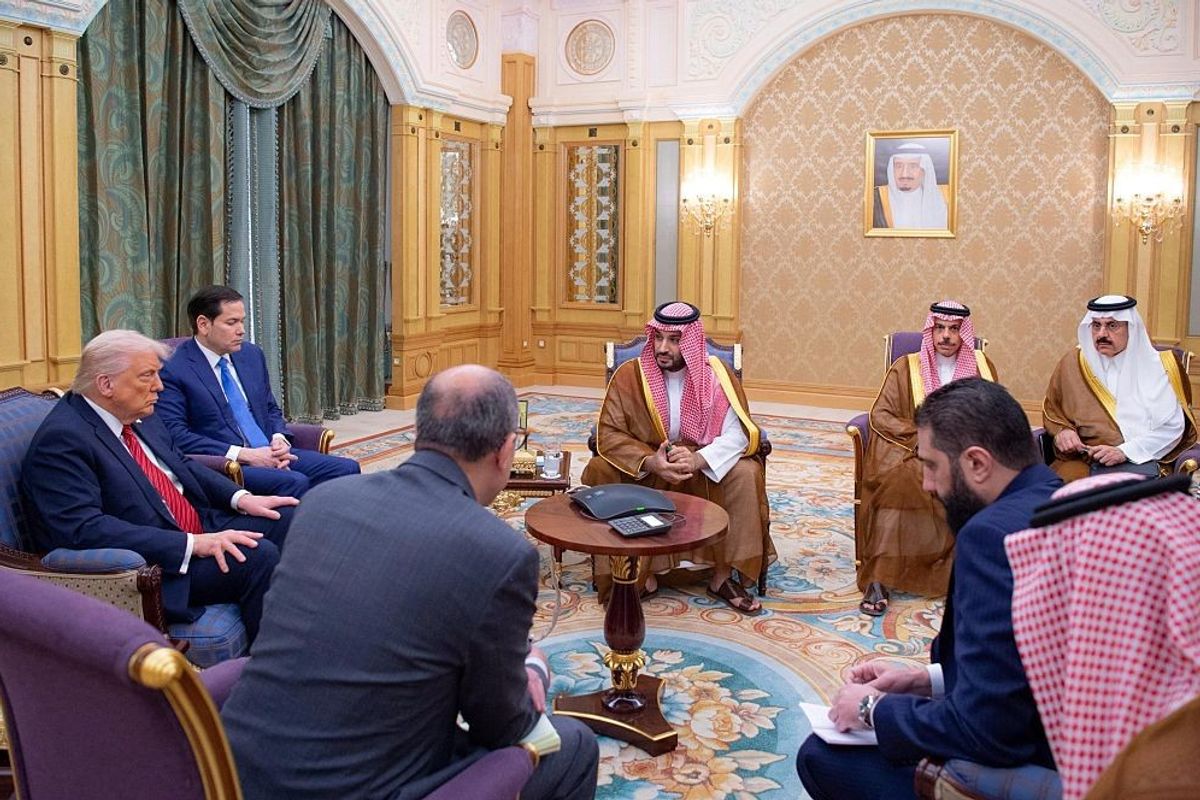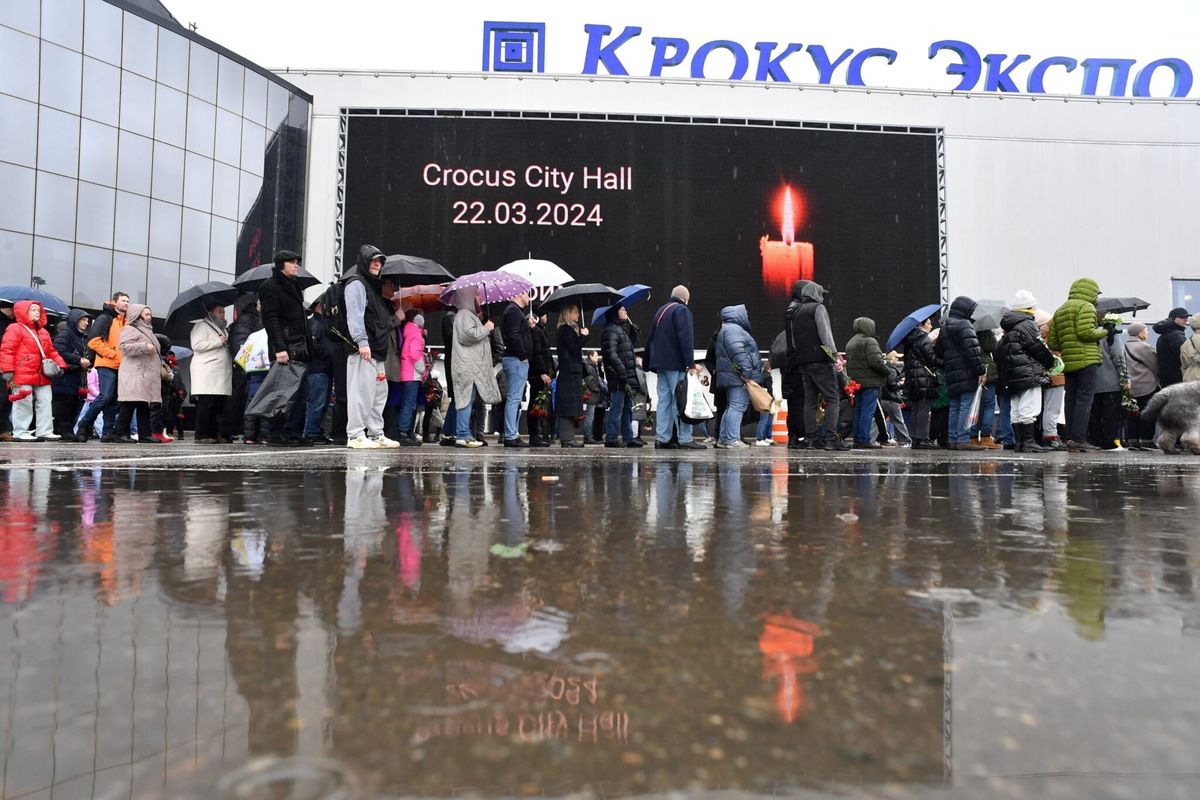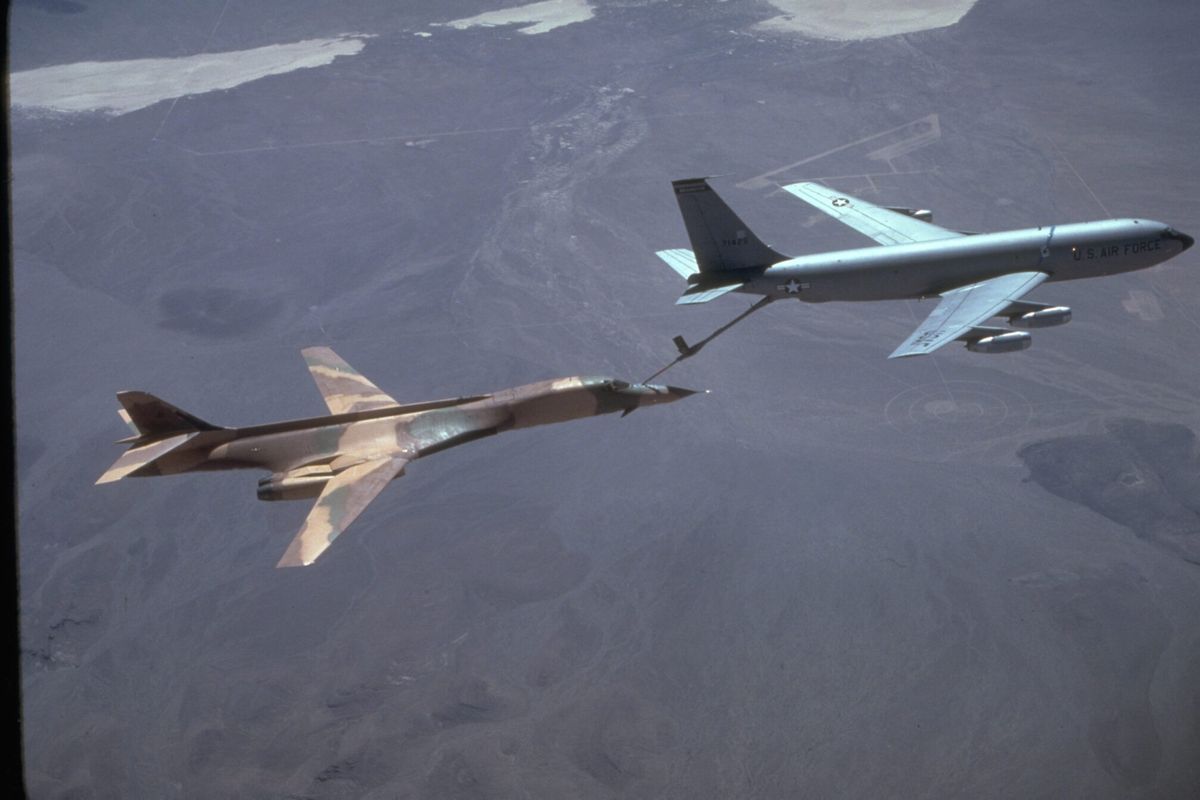Syria has by far the smallest Kurdish population of any country with major Kurdish minorities. However, in the last two years, the Kurds of Syria have risen to local, regional, and international prominence. As the civil war grinds on, Syria's main Kurdish political group, the PYD, has become America's principal ally in the fight against ISIS. The PYD is being courted by Russia and now controls the largest chunk of territory in Syria behind the Syrian government itself. The Cipher Brief’s Fritz Lodge spoke with Bulent Aliriza, director of the Turkey Project at CSIS, about Syria’s Kurds and the future of their semi-autonomous state in Syria.
The Cipher Brief: Who are the Syrian Kurds, what is their history in Syria and where do they stand today?
Bulent Aliriza: There are larger Kurdish communities in Turkey, Iraq, and Iran. The Syrian Kurds are the smallest community, and they’re the ones who have received the least attention over the years. Their emergence in recent years is really a product of the Syrian civil war. Without it they would still be the most neglected part of the Kurdish diaspora.
TCB: How did the Syrian Kurds come to prominence over the past five years of civil war?
BA: They kept out of the conflict as much as they could in the beginning, until ISIS began to spread into their areas, most notably into northern towns like Kobane. That’s where the People’s Protection Units (YPG), which form the fighting arm of the Kurdish Democratic Union Party (PYD ), connected Kobane and Jazira, the two Kurdish cantons in northeastern Syria, with help from Kurdish volunteers from Turkey and Iraq and U.S. support. The YPG also controls the canton of Afrin in northwestern Syria. Turkey-backed fighters separate this canton from the other Kurdish-controlled areas.
Turkey supported the opposition against Syrian President Bashar al-Assad from the very beginning of the conflict and continually stressed that Assad had to go. The Kurds did not have a clear-cut position on the Assad regime. The PYD maintained contact with Ankara until about three years ago. PYD leaders even made a number of visits to Turkey. It wasn’t until the confrontation between the Syrian Kurds and ISIS that this relationship broke down.
TCB: That’s interesting because during this period there was also a peace process between Ankara and the PKK, negotiated through Abdullah Ocalan, the captured leader of the PKK. When that peace process fell apart, what happened to Ankara’s relationship with the Syrian Kurds?
BA: It’s worth remembering that Ocalan had been based in Damascus for many years before he was forced to leave because of Turkey’s pressure on Syria. Many of the fighting cadres of the Syrian Kurds had deep connections to Ocalan and the PKK stretching back to the 1980s and ‘90s.
The Turkish Kurds are the most populous component of the Kurdish world. The PKK, alleging to act in the Turkish Kurds’ name, began the current phase of its struggle in 1984. Since 1984, you’ve had periods of very serious conflict between the PKK and the Turkish security forces, as well as periods of ceasefire. There was a long phase of dialogue between Ocalan and the Turkish government. But the Kurdish peace process, as it was called, broke down in 2015, and since then we’ve had ongoing conflict between the Turkish security forces and the PKK.
The Turkish government’s position is that the PYD, and specifically the YPG, are organically linked to the PKK, and are in fact a part of the PKK. So, from the Turkish government’s point of view, the conflict against the PKK – which is based in the Qandil mountains of northern Iraq but conducts operations in southeastern Turkey – and the fight against the YPG in Syria are the same. The PYD argues that it should instead be considered part of the Syrian political equation. Nonetheless, Ankara sees the PYD as part of the threat that the PKK is posing in Turkey.
TCB: For a long time, the Turkish government viewed northern Iraq in a similar way by, in that it provides a base of operations for the PKK in the Qandil mountains. But the relationship between the Kurdistan Regional Government (KRG) and Turkey has improved dramatically in recent years. Can you talk about that relationship?
BA: Turkey did not want the emergence of a de facto Kurdish entity in northern Iraq, even though it was Turkey’s willingness to allow U.S.-led coalition aircraft to operate out of Incirlik airbase in Turkey that allowed the coalition to enforce a no-fly-zone that allowed the Kurds to establish the KRG in northern Iraq after the second Gulf War. The Iraqi Kurds had their status enshrined in the Iraqi constitution after the 2003 war.
Turkey initially did not want a relationship with the KRG and argued that Kurdish expansion into Kirkuk would cross a red line – a casus belli. But gradually, economic relations developed between northern Iraq and Turkey to the point that Erbil – the capital of the KRG – is closer to Ankara in many ways than it is to Baghdad.
The question is, could Turkey move from its current position of hostility against the establishment of a Kurdish belt in northern Syria similar to the one in northern Iraq? Change its policy in the same way and come to terms with a Kurdish belt, and maybe even engage the Kurds through economic and diplomatic means? The current position of the Turkish government is no, because the PYD is linked to the PKK.
To be sure, the KRG has not taken any action against the PKK in its base in the Qandil mountains in northern Iraq. However, the Turkish government is willing to make a distinction between the KRG and the PKK but will not make that distinction with respect to the PYD and the PKK.
TCB: Can you talk about the upcoming constitutional referendum in Turkey – scheduled for April 16 – and the way that’s affecting Ankara’s stance against the Syrian Kurds?
BA: In politics people try to draw lines connecting events but I’m not sure we can make a direct connection between the referendum process and the fight against the PKK. The conflict was going on before the referendum process was launched. On August 24, Turkey launched Operation Euphrates Shield to back the Free Syrian Army (FSA) and other insurgent groups in northern Syria against the twin threats posed by ISIS and the YPG. Most of the fighting has been against ISIS, particularly in the town of Al-Bab, but there have been clashes between the FSA, backed by Turkish troops in Syria, and the YPG. The Turkish government has said that it will use force to push the Kurds east of the Euphrates and leave the town of Manbij. But there has not yet been a serious confrontation between the YPG and the Turkish-backed rebels, not least because of the intervention of U.S. Special Forces advising Syrian Kurdish forces, as well as the intervention of Russia, and more recently, Syrian government elements.
TCB: Let’s talk about that. A deal appears to have been struck among Russia, the Syrian government, and the Syrian Democratic Forces (SDF) – of which the YPG is the most powerful component – to create a buffer zone west of Manbij, against Turkish-backed rebels. What do you think happened there?
BA: There is now a Syrian government flag flying in Manbij, and the buffer zone – as you call it – between Euphrates Shield forces and the SDF was established on the SDF side of the border. It is true that the bulk of the SDF is made up of YPG fighters. The SDF umbrella group allows the U.S. to engage with the Syrian Kurds even though the Turkish government has been asking the U.S. to acknowledge the PYD’s connections to the PKK, which both Turkey and the United States designate as a terrorist organization. But the U.S. government has drawn a distinction between the PKK and the PYD, engaged the Syrian Kurds, and sent advisors and arms to help the SDF to fight ISIS.
Recently, the Russians have entered the equation, and they have had contact with the Syrian Kurds for some time. There is a PYD office in Moscow, the Kremlin has received Kurdish delegations, and the Russians maintain contacts with the Kurdish canton of Afrin by means of the Syrian regime. The only way Afrin has survived is through its physical connection to the territory controlled by the Syrian regime, which is backed by Moscow.
The Syrian government has come into the equation through a deal apparently brokered by the Russians, whereby the Syrian Kurds have ceded administrative control of part of the territory that they’ve occupied west of the Euphrates. Obviously they have done this to get some protection if the Euphrates Shield forces and the Turkish army attack Manbij, which Turkey has identified as its objective now that Al Bab has been captured.
The Syrian government has, in the past, refused to recognize the Syrian Kurds as a distinct group. It would not give them identity cards and was totally opposed to giving them any kind of autonomy. But it seems as if the government in Damascus has been persuaded by Moscow that this deal with the Kurds would be a good move.
TCB: Last thoughts?
BA: The more I look at a map of Syria, the more of a tinderbox it appears to be. This is not a stable situation, and there will be further blow-ups. Look at Afrin. It has Turkish forces to the north, Turkish forces to the west, Euphrates Shield forces to the east, and then borders with Assad forces, as well as Jihadists, to the south. That’s a tinderbox. Manbij is also a tinderbox. And then you have this long line extending from the Euphrates to the Iraqi border where Kurdish forces are in control, facing a hostile Turkish military to the north. That area could blow up at any time as well. There is going to be a lot more instability before it settles down but, of course, you could say that about any part of the Syrian equation.











